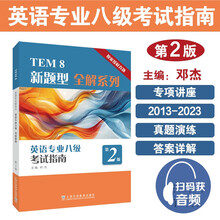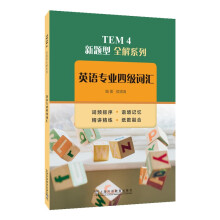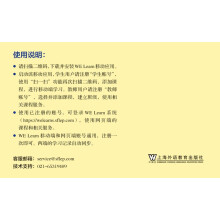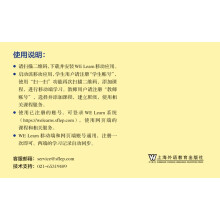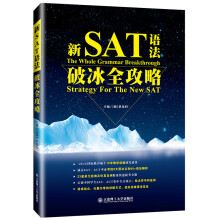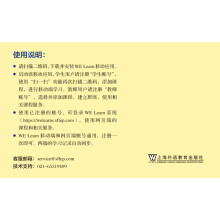An undergraduate course consists of a series of lectures, seminars and tutorials and, inscience and engineering, laboratory classes, which in total account for about 15 hours perweek. Arts students may well find that their official contact with teachers is less than thisaverage, while science and engineering students may expect to be tirnetabled for up to 20hours per week. Students studying for a particular degree will take a series of lecturecourses which run in parallel at a fixed time in each week and may last one academic termor the whole year. Associated with each lecture course are seminars, tutorials andlaboratory classes which draw upon, analyze, illustrate or amplify, the topics presented inthe lectures, lecture classes can vary in size from 20 to 200 although larger sized lecturestend to decrease as students progress into the second and third year and more optionsbecome available. Seminars and tutorials are on the whole much smaller than lectureclasses and in some departments can be on a one-to-one basis (that is, one member of staffto one student).<br> Students are normally expected to prepare work in advance for seminars and tutorialsand this can take the form of researching a topic for discussion, by writing essays or bysolving problems. Lectures, seminars and tutorials are all one hour in lergth, whilstlaboratory classes usually last either 2 or 3 hours. Much emphasis is put on how to spendas much time if not more studying by themselves as being taught. In the UK it is stillcommon for people to say that they are reading for a degree! Each student has a tutorwhom they can consult on any matter whether academic or personal. Although the tutorwill help, motivation for study is expected to come from the student. <br> ……
展开



